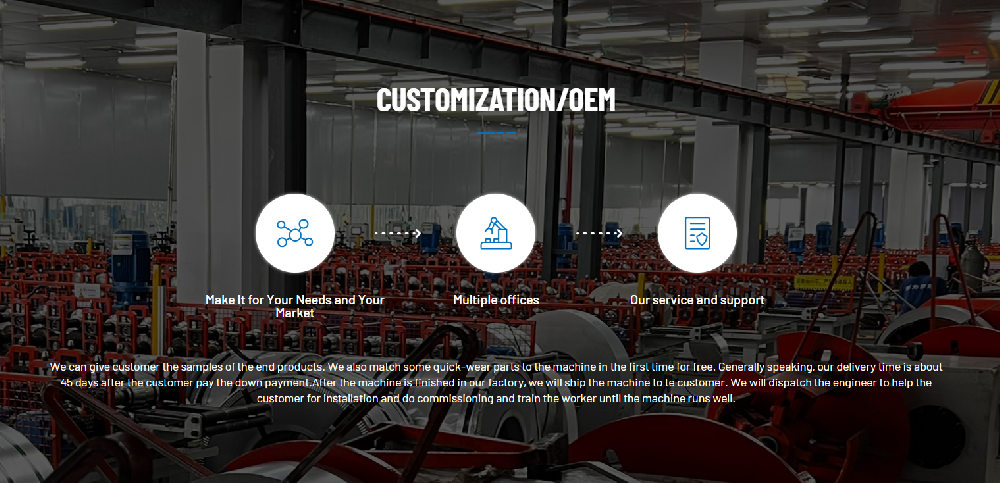Navigation Menu
Contact Us
- Email:
- info@wxavatar.com
- Address:
- Yurong Village, Yuqi Street, Huishan District, Wuxi, China.
Release Date:May 17, 2025 Visit:50 Source:Roll Forming Machine Factory
Roll forming has long been a reliable method for shaping metal into precise profiles, and recent innovations are making the process even more efficient and versatile. Whether you're in construction, automotive, or manufacturing, understanding these advancements can help you make better decisions for your projects. Here’s a look at some of the newest developments in custom roll forming technology.

1. Improved Precision with Advanced Control Systems
Modern roll forming machines now incorporate smarter control systems that enhance accuracy. Computerized controls allow for real-time adjustments, ensuring consistent product quality with tighter tolerances. This means fewer errors and less material waste, which is beneficial for both manufacturers and customers.
2. Faster Setup and Changeover Times
Traditionally, switching between different roll-formed profiles required time-consuming adjustments. Newer machines feature quick-change tooling systems that reduce setup times significantly. Some models even allow for automated die changes, making small-batch production more cost-effective.
3. Stronger and Lighter Materials
Manufacturers are now working with advanced high-strength metals and alloys that maintain durability while reducing weight. This is particularly useful in industries like aerospace and automotive, where weight savings can improve performance without sacrificing structural integrity.
4. Integration with 3D Scanning and Laser Measurement
To ensure perfect fits and finishes, some roll forming systems now incorporate 3D scanning and laser measurement tools. These technologies verify dimensions during production, catching deviations early and reducing the need for post-production corrections.
5. Enhanced Customization Options
With improved software and machinery, custom roll forming can now accommodate more complex shapes and designs. Whether it’s intricate architectural trim or specialized automotive components, manufacturers can produce highly tailored profiles to meet specific needs.
6. Better Lubrication and Cooling Systems
New lubrication methods and cooling techniques help extend the life of forming tools while maintaining smooth operation. This results in longer-lasting equipment and more consistent product quality over extended production runs.
7. Smart Manufacturing and IoT Connectivity
Some roll forming systems now include IoT (Internet of Things) capabilities, allowing operators to monitor performance remotely. Predictive maintenance alerts can notify teams of potential issues before they cause downtime, improving overall efficiency.
Why These Innovations Matter
These advancements make custom roll forming more adaptable, precise, and cost-effective than ever before. Whether you need standard metal profiles or highly specialized designs, modern roll forming technology offers solutions that balance quality, speed, and affordability.

If you’re considering roll-formed components for your next project, it’s worth exploring how these innovations can benefit your specific application. Manufacturers are continually refining their processes, making this an exciting time for metal forming technology.
Would you like recommendations on finding the right roll forming provider for your needs?Welcome to consult us!